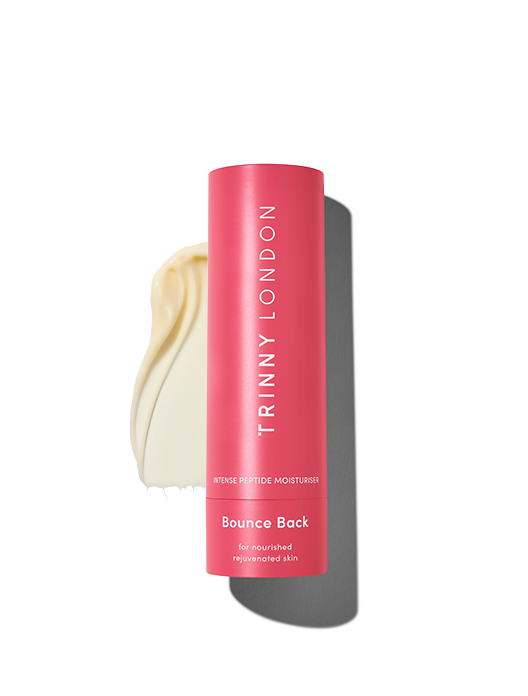
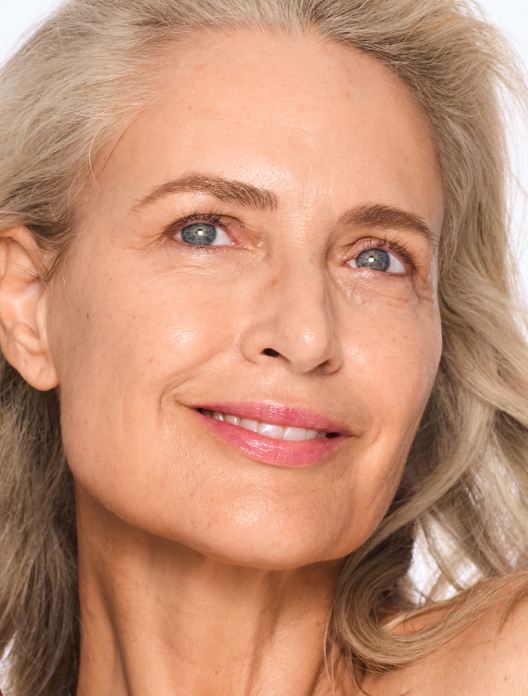
Bounce Back
Intense peptide moisturiser for plump, bouncy skin, suitable for normal to dry skin
EU free standard delivery on orders over €150

By our 60s, we have passed through this process, and are now dealing with skin we might not instantly recognise as our own. We lose 30% of our collagen during the menopause, which can lead to structural change, with a loss of definition and firmness. There are other challenges and changes to contend with that knock-on effects on our skin too, such as insomnia.
Learning how to care for your skin in your 60s is as much about looking at lifestyle tweaks as it is keeping up with an effective skincare routine. Master both, and your skin will reap the benefits
Caring for your skin in your 60s can feel like you’re starting from scratch. But don’t fret. Following these tips for guidance will help you get back to grips with your complexion.
Pre-menopause, you might have found that you were asleep as soon as (or even before) your head hit the pillow. But, thanks to a drop in estrogen, most of us lose this superpower as we travel down the path of life. Insomnia covers difficulty getting to sleep, waking up during the night and rising early. If you’re suffering and feeling exhausted, try some of the following techniques for sleeping better:
Banish blue light tech from your bedroom, and turn off all screens at least an hour before bed
Where possible, tackle stress and anxiety through meditation, yoga, breathing exercises
Don’t drink caffeine past lunchtime
Try to stick to a routine where you get up at the same time each day
Check your bedding is comfortable and not leaving you too hot or too cold in the night
If you’re not getting enough sleep, it can show on your skin in the form of a puffy face, dull skin and giveaway dark circles beneath the eyes. It can also make you more likely to reach for sugar and salt-laden convenience foods and caffeine as you try and keep your eyes open the following day. Getting a full, blissful eight hours of shut-eye will give your skin time to recuperate overnight, so you can wake looking, and feeling, rested.
We know the benefits of exercising our bodies, but what about our faces? Giving the muscles in your face a workout can help them to become stronger and leaner, sculpting and toning your complexion. It can boost volume too, just as daily squats will lift and enhance your behind. Want to give it a try? Say the vowels out loud from “A” to “U”, over emphasising the pronunciation of each. Doing this 10 times every morning is a great place to start. It might take a little while to see results from facial massage and exercises, but in the short term, they will increase oxygen and blood flow to your skin for an instant glow.
As we age, our skin becomes thinner, and therefore more sensitive. To avoid any adverse reactions or upsetting the balance, incorporate new products slowly into your routine. Debuting a whole new regime at once can overwhelm your complexion, especially if you’re using active ingredients. Go slow, just a couple of times a week, listening to your skin, to see how your skin reacts before building up.
It isn’t just collagen and elastin that trickle away as we age, but hyaluronic acid too. With less of this hero hydrator molecule present naturally in the skin, our complexions can become dehydrated, with lines more amplified. Slathering on a topical hyaluronic acid will plump and rehydrate the skin, bringing back lost bounce.
Taking care over your diet will positively impact your complexion and gut health. Try to eat plenty of fruit and veg – the more variety in type and colour, the better. You’ll need plenty of protein too, for the body to repair itself and function at its best. Lean meat, fish and dairy are all good sources of protein, or, if you’re vegetarian or vegan, look to beans, pulses and lentils instead. Remember, carbs aren’t the enemy, rather a starchy source of fibre and energy. Depriving yourself or following fad diets can cause your complexion to sag and wrinkle. Everything in moderation is a good rule of thumb to follow.
Shop the article


Intense peptide moisturiser for plump, bouncy skin, suitable for normal to dry skin
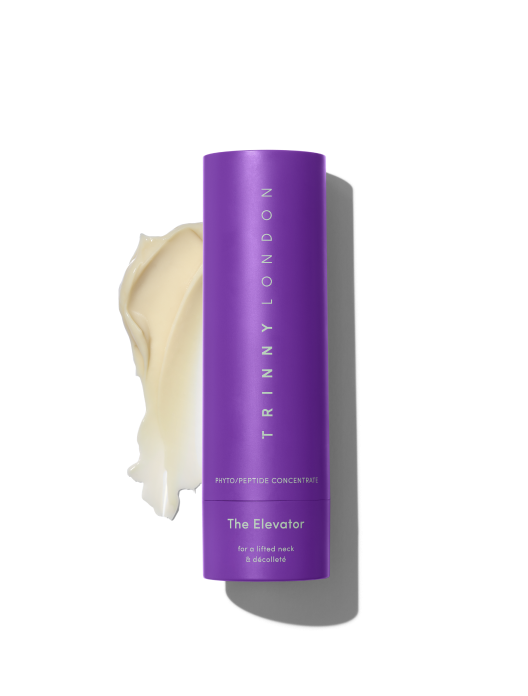

Potent concentrate for a lifted neck and décolleté, suitable for all skin types
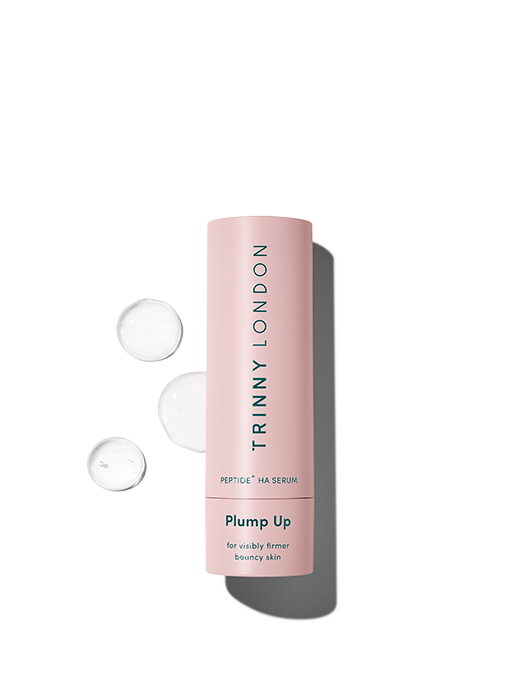
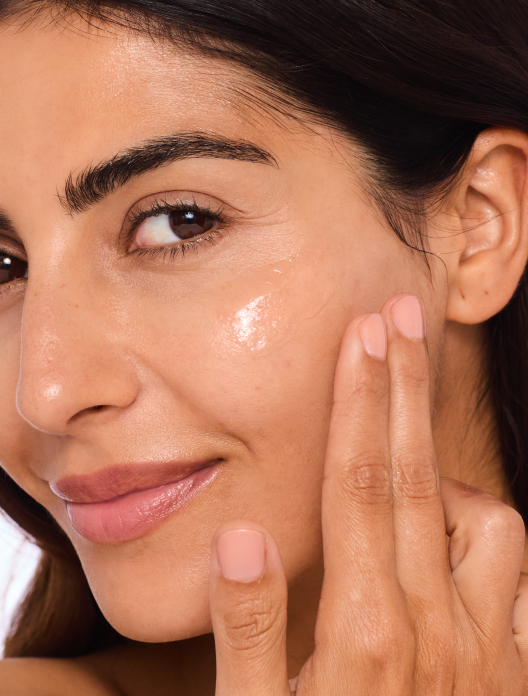
Peptide and hyaluronic acid serum for visibly firmer, bouncy skin, suitable for all skin types